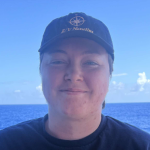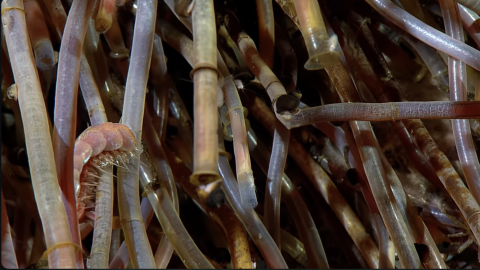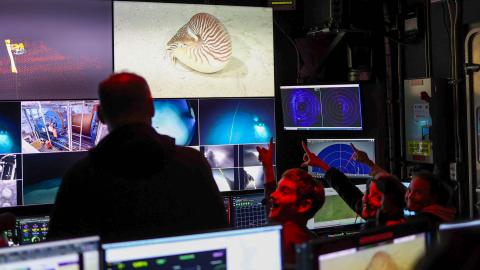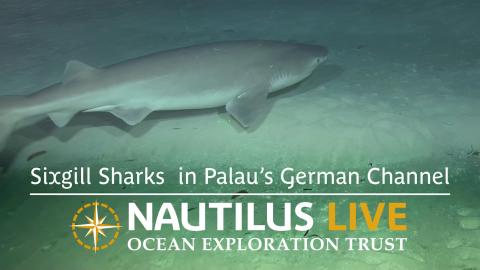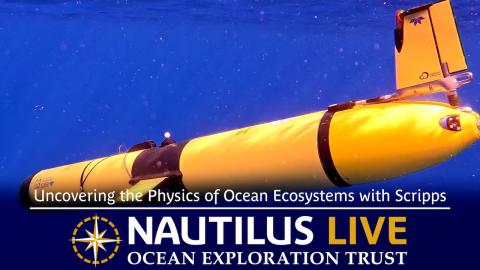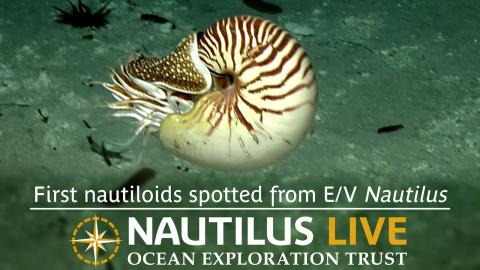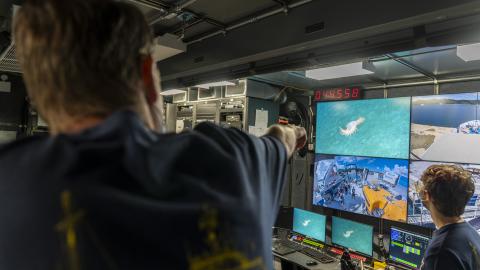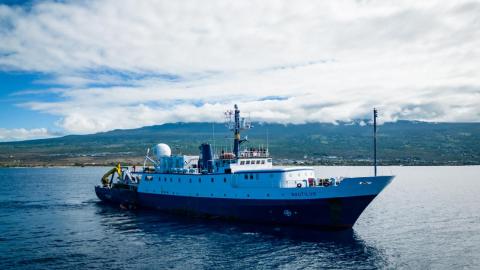Following two E/V Nautilus expeditions focused on exploring the deep sea in the Palau National Marine Sanctuary, this 17-day expedition will center on surveying the oceanography and current flow around the Palauan Islands, and how this affects both near and offshore ecosystems, including those within the Palau National Marine Sanctuary. For this purpose, the team will deploy a fleet of robots from the Scripps Institution of Oceanography, including wave gliders, buoyancy gliders, autonomous surface vehicles, and vertical profilers.
The expedition team will include local scientists from Palau’s Coral Reef Research Foundation and researchers from the Scripps Institution of Oceanography, along with educators, engineers, scientists, and mariners from OET’s International Corps of Exploration. Together, they will investigate the complex ocean dynamics created by major ocean currents interacting with Palau’s steep island slopes. These interactions generate intricate circulation patterns that bring nutrient-rich deep water to the surface, driving high biological productivity essential to the health of Palau’s marine ecosystems. Additionally, the expedition will map the seafloor within the Palau National Marine Sanctuary and conduct targeted remotely operated vehicle (ROV) surveys at biologically and oceanographically significant sites around the Palauan Islands.
The expedition is the third one funded by NOAA Ocean Exploration via the Ocean Exploration Cooperative Institute as a contribution to the US government commitment made at the 7th Our Oceans Conference to support ocean mapping of the Palau National Marine Sanctuary.























